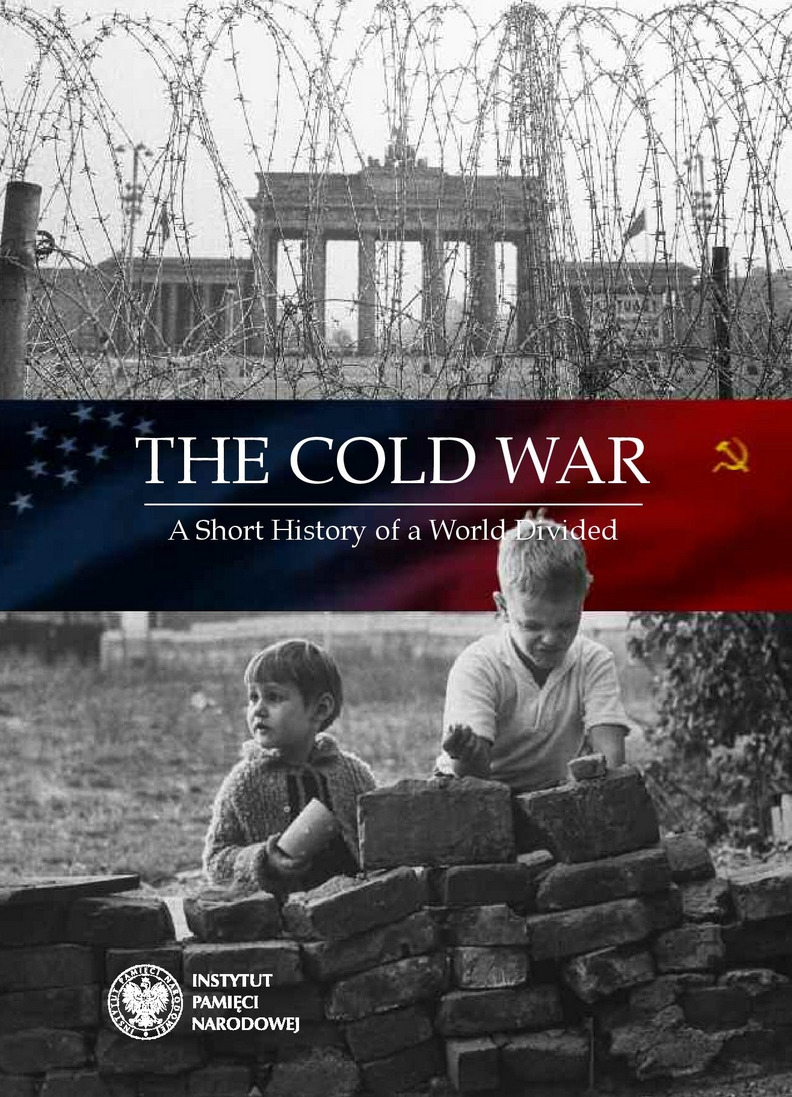The Cold War. A Short History of a World Divided
| The Institute of National Remembrance and The Royal Castle in Warsaw - Museum invite for the exhibition The Cold War. A Short History of a World Divided August 8 – October 15, 2015 The Great Courtyard |
 |
Instead of unity among the great powers, both political and economic, after the war, there is complete disunity between the Soviet Union and the satellites on one side and the rest of the world on the other. There are, in short, two worlds instead of one.
Charles E. Bohlen, George C. Marshall’s co-worker, 30 August 1947
Contrary to expectations, the end of World War II did not bring hope for an auspicious future, lasting safety, peace and freedom. The war, which began as a clash between Nazi totalitarianism and the world of Western democracies, was won by a coalition of countries, which had irreconcilable regimes and aims. The outcomes of the war proved to be extremely long-lasting, as they shaped the postwar composition of forces for nearly half a century. After victory, a feeling of mistrust and threat between the former allies increased. Exhausted by war, Europe and then the whole world divided into two enemy camps. The vision of a military conflict between them – but this time a nuclear one – seemed more and more probable. The main members of the victorious coalition were de facto at a state of cold war – not a military, but a geopolitical, ideological and economic confrontation.
The Cold War began as a conflict between the Soviet Union on one side and the USA and Western Europe on the other. Then it gradually spread all over the world. The Cold War was a time of polarization of the world determined by the competing superpowers (the USA and the U.S.S.R.), political tensions, ideological rivalry, arms race, intelligence struggle, psychological war, competition for influences in the Third World and confrontation shifted onto peripheral areas. The struggle for domination had an overt but limited character. For the first time in history, nobody could be sure to win or to merely survive the cold war. Thus, it could not be decided by means of a military conflict. The Cold War was, however, an actual and at times overly fierce war, even though the superpowers avoided direct military confrontation and eventually did not use their nuclear weapons.
The 20th century was marked by the crimes committed during World War II. During nearly half a century after its end, the world was a scene of horrifying crimes, with armies and terror apparatuses being used to bloody effects in the whole Central-Eastern Europe, in European colonies, in Asia, Africa and South America—in conflicts which took the lives of millions of people, within and without the Cold War framework. The fall of communism in Central-Eastern Europe (1989−1990), the German Unification (1990) and the dissolution of the U.S.S.R. (1991) occasioned the end of the Cold War. It helped solve some bloody conflicts or bring them under control (e.g. in Nicaragua or Cambodia). Other conflicts, which erupted regardless of the confrontation between the superpowers, but eventually became embroiled in it, went on (or still go on) after its end (e.g. Angola, the Middle East). The West could regard itself a victor of the Cold War but its end did not bring the “end of history,” it merely opened its new chapter.
The Cold War exhibition. A concise history of a divided world is an invitation to a journey back in time – into the reality of the conflict, which dominated the postwar history and influenced lives of millions of people for almost half a century after the end of World War II and which shaped the present-day world.
Paweł Sasanka, Sławomir Stępień
Free entry